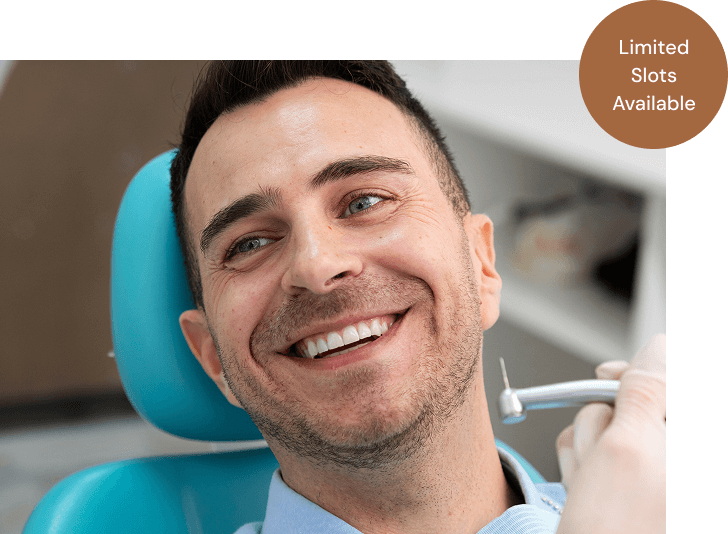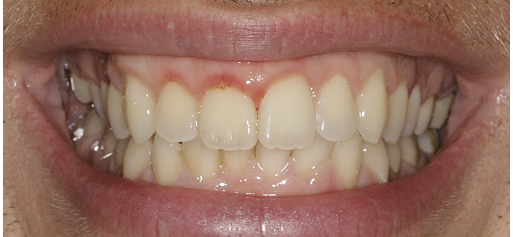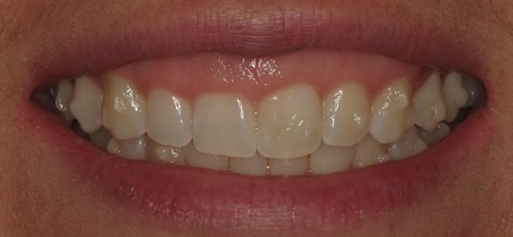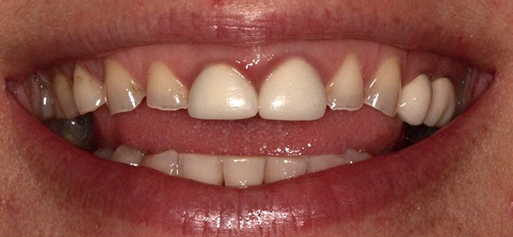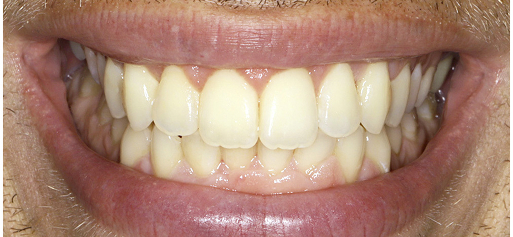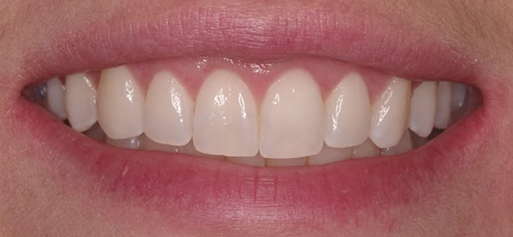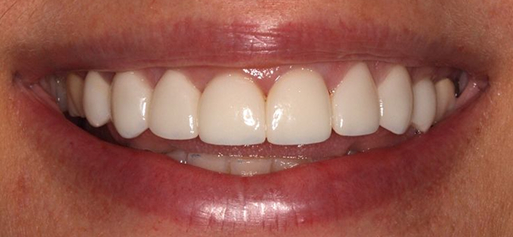Restore Your Gumline. Protect Your Smile.
Minimally invasive gum grafting for a healthier, more confident you.
Questions? Get In Touch !!
What Is Biomimetic Dentistry?
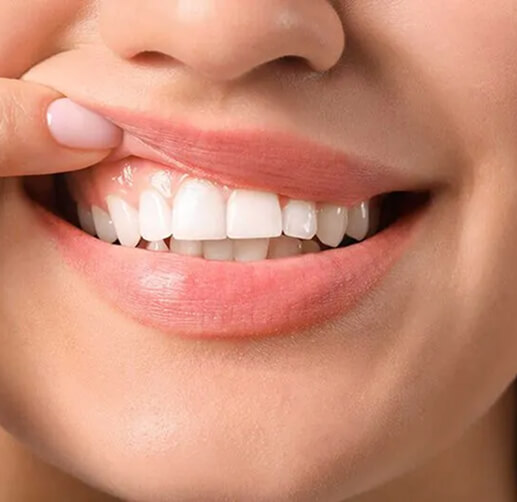
Gum recession is more than just a cosmetic concern — it's a sign that your gums are pulling away from your teeth, exposing the roots and putting your oral health at serious risk. Gum grafting helps restore protection, sensitivity, and appearance.
Common reasons you may need gum grafting:

Aggressive Brushing
Brushing too hard or with a hard-bristled toothbrush can wear away gum tissue over time.

Gum Disease (Periodontitis)
Infection can break down both gums and bone, requiring grafting to restore lost tissue.

Genetics or Aging
Some people are simply predisposed to thinner gum tissue or recession, even with perfect oral care.

Tooth Sensitivity
Exposed tooth roots often result in cold/hot sensitivity — grafting covers them up for lasting comfort.
Types of Gum Grafts
Connective Tissue Graft
Free Gingival Graft
Pedicle Graft
Benefits of Gum Grafting
Benefit
Natural, Even Gum Line
Reduced Root Sensitivity
Protects Against Decay & Bone Loss
More Confident Oral Hygiene
How It Helps You
Restores aesthetics and facial symmetry
Covers exposed roots for pain-free eating and drinking
Reduces risk of further gum recession and cavities
Makes brushing and flossing easier and more effective
Procedure Overview
Comprehensive Exam & Imaging
We begin with a thorough examination of your gums and teeth, using advanced imaging to assess the extent of gum recession and identify the best areas for grafting.
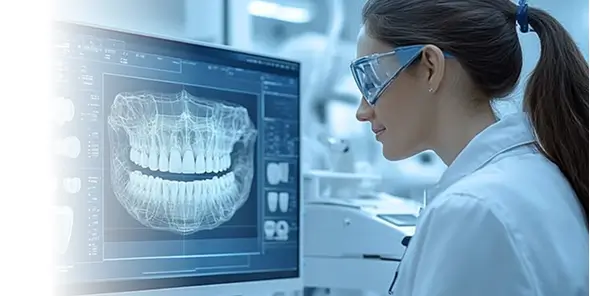
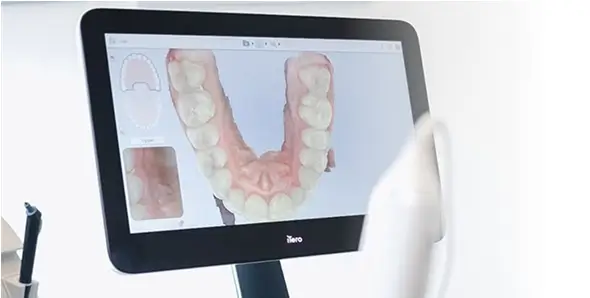
Local Anesthetic
Before we begin, a local anesthetic is applied to numb the area completely. You’ll feel little to no discomfort during the procedure and remain fully relaxed throughout.
Harvesting the Graft Tissue
A small amount of tissue is gently taken from your palate or nearby gum area. In some cases, donor tissue may be used instead, depending on what’s best for you.
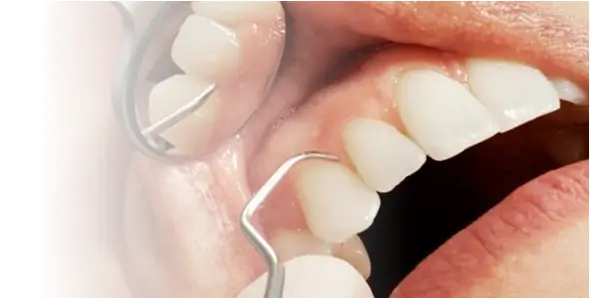
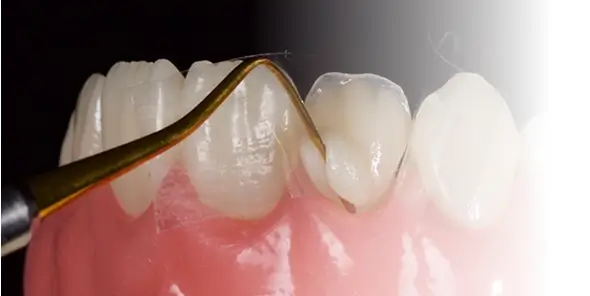
Graft Placement & Suturing
The graft is carefully positioned over the recessed gum area and securely stitched in place. We ensure it blends naturally and starts healing seamlessly with your existing gums.
Recovery Instructions & Follow-Up
You’ll receive clear aftercare instructions, including diet tips and cleaning guidance. A follow-up visit is scheduled to monitor healing and ensure the graft integrates properly.
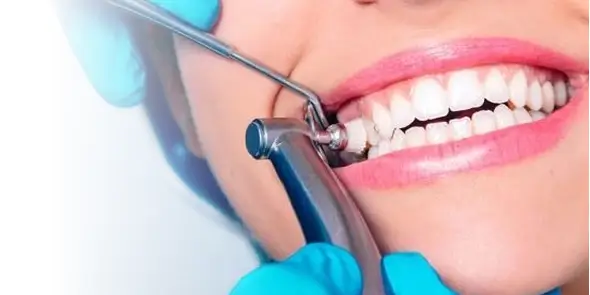
Recovery & Aftercare
What to Expect:
- Mild swelling & discomfort for 2–3 days
- Back to routine in 1–2 days
- Full healing within 1–2 weeks
DO’s:
- Eat soft/cold foods
- Use salt-water rinses
- Take OTC pain relief
Don’ts:
- Don’t brush graft area for ~2 weeks
- Avoid exercise or smoking during recovery
Gum Grafting FAQs
Is a gum graft covered by insurance?
When is it too late for gum grafting?
Gum grafting is usually possible at most stages of gum recession. As long as there is adequate healthy tissue and bone support, the procedure can still be done to restore and protect your gums.
Can receding gums grow back?
How long does it take to heal?
I’m nervous — what if it fails?
How painful is gum grafting?
Gum grafting is typically a comfortable procedure since it’s performed under local anesthesia. Any discomfort afterward is usually mild and can be managed easily with medication and proper care.

Certified Implant Specialist

20+ Years of Experience

Recognized for Excellence

300+ Reconstructions Performed
